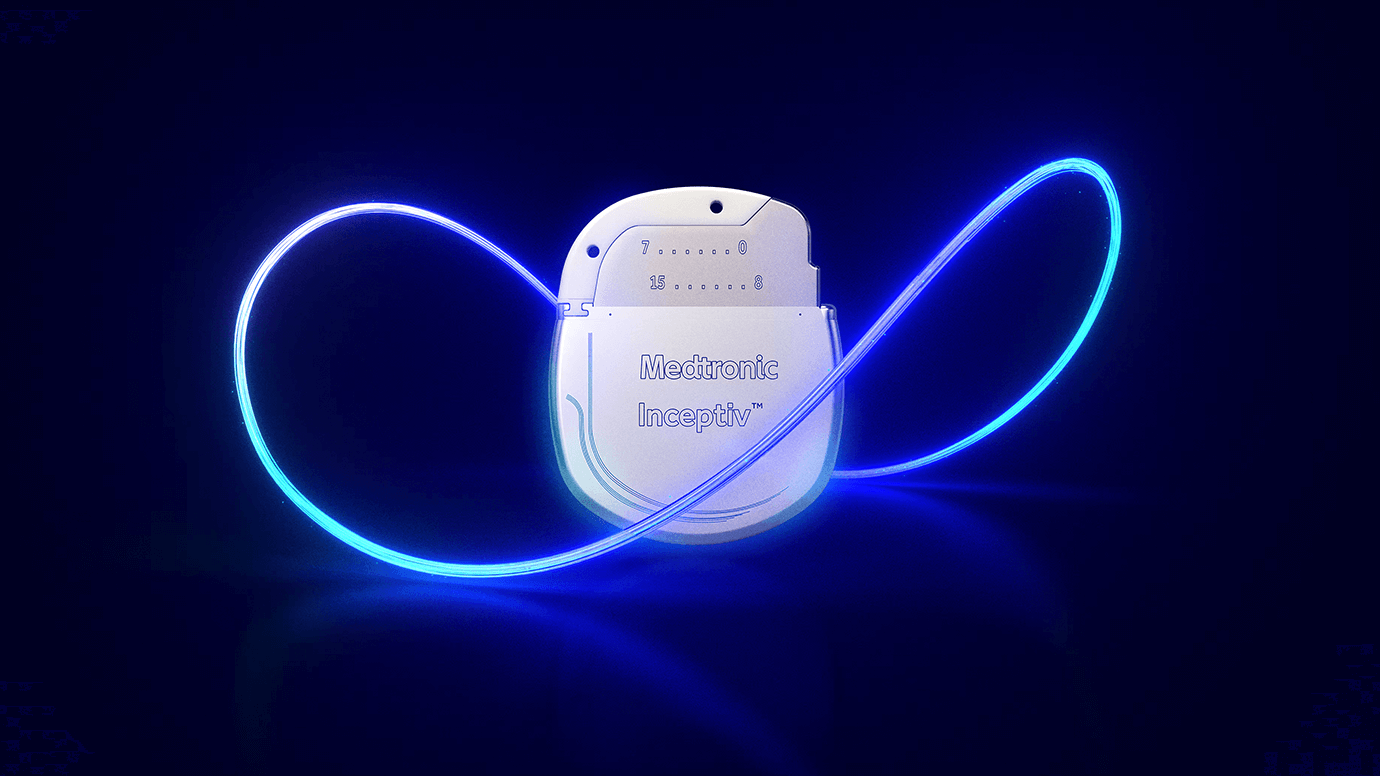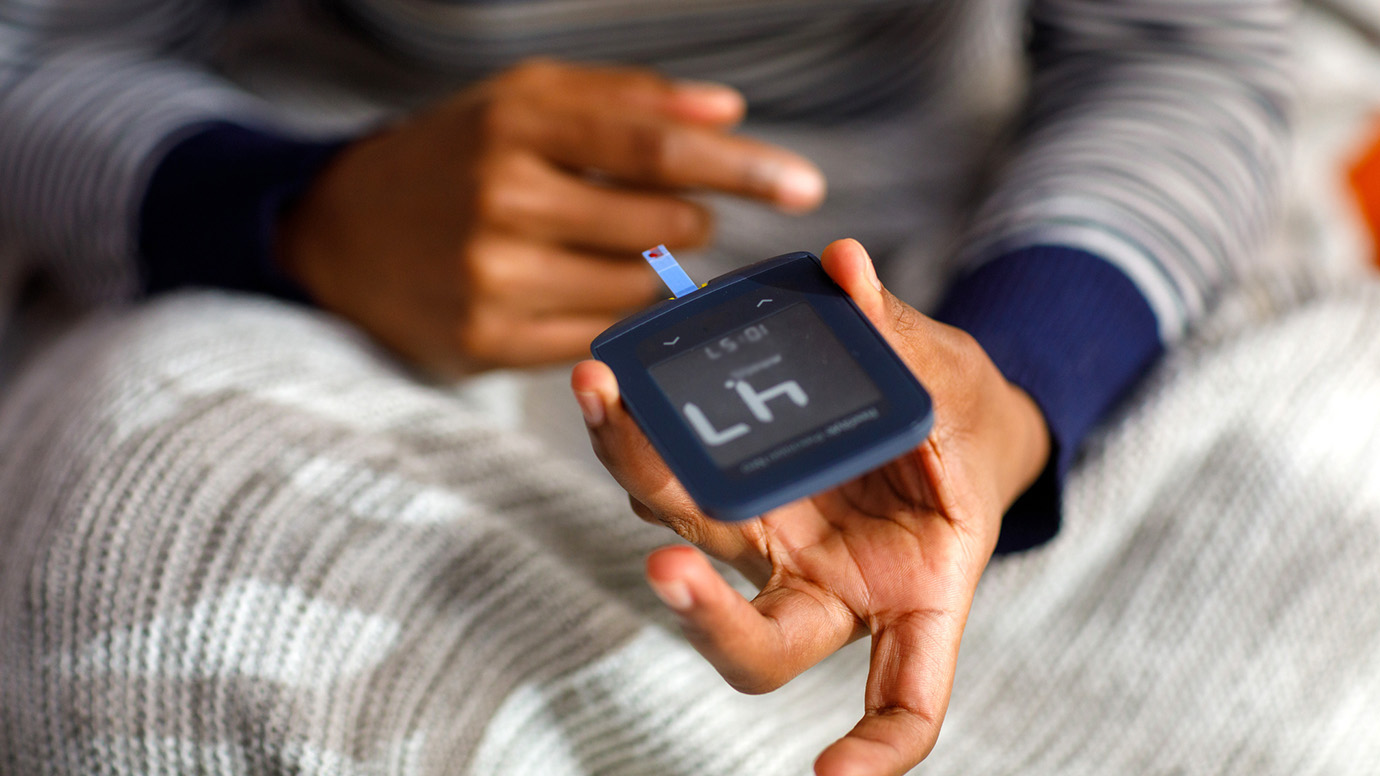The Emerging Role of GLP-1s in Type 1 Diabetes
Written by: Daniel Trecroci
6 minute read
June 24, 2025
Insulin is the main hormone your body uses to control how much sugar is in your blood. In people without diabetes, other hormones—including GLP-1, glucagon and amylin—also help with appetite, digestion and sugar balance.
In type 1 diabetes, the immune system destroys the cells that make insulin. The GLP-1, amylin and glucagon hormones also get off track, making it harder to manage hunger and blood sugar.
GLP-1 receptor agonists (GLP-1s) were first used to help people with type 2 diabetes. They help lower blood sugar, slow digestion and reduce appetite.
Now, scientists are seeing if GLP-1s could help people with type 1 diabetes too—not to take the place of insulin, but to help the body’s other hormones do their jobs better.
This article will discuss:
- What GLP-1s are.
- Their potential benefits in type 1 diabetes.
- Expert perspectives and off-label use trends.
- Key safety considerations.
- Real-world patient experiences.
- What the future may hold.
What are GLP-1s?
GLP-1 is a natural hormone that helps regulate blood sugar and appetite. GLP-1 medications mimic this hormone, lasting longer and working more effectively.
Common GLP-1s include:
- Semaglutide (Ozempic)
- Liraglutide (Victoza)
- Dulaglutide (Trulicity)
Why GLP-1s are being considered for type 1 diabetes
GLP-1 medicines help the pancreas make insulin after you eat—if those insulin-making cells are still working.
However, GLP-1s also have effects that don’t depend on beta cells—they slow digestion, curb appetite and reduce glucagon levels.
That’s why researchers are also testing GLP-1s in people with type 1 diabetes—to see if they can help in other ways, even when insulin-making cells are gone. Even though this group of people typically lack functioning beta cells, early studies suggest GLP-1s may still offer value, including:
- Improved glucose control and insulin sensitivity.
- Potential cardiovascular protection.
- Reduced glucose fluctuations and insulin needs.
Off-label GLP-1 use is rising in type 1 diabetes
GLP-1s aren’t officially approved for type 1 diabetes, but some doctors use them anyway based on early results and interest from patients.
According to Hui Shao, MD, PhD, associate professor at Emory University’s Rollins School of Public Health, this trend began with doctors trying new tools for patients who weren’t getting the results they needed from insulin alone.
Small studies showed promising outcomes, such as lower A1c levels and less insulin needed. As GLP-1s gained approval for type 2 and obesity, clinicians became more confident using them off-label for type 1 too.
Today, medical guidelines remain cautious, but they now recognize that GLP-1s might help some people with type 1 diabetes, especially those with insulin resistance or excess weight.
Dr. Shao, who served as corresponding author on a JAMA study tracking sharp increases in GLP‑1 RA prescriptions, stresses the need for deeper research on long-term safety, effectiveness and which groups may benefit most.
Real-life experiences: GLP-1s in action
As you read these real life stories, remember that GLP-1 use is not currently FDA approved for people with type 1 diabetes, and results may vary. Always consult your healthcare provider with questions about any new medication.
Emma, Indiana
Living with type 1 diabetes for 24 years, Emma began GLP-1 therapy in 2024. Within a year, she:
- Lost 50 pounds.
- Reduced insulin needs by 70%.
- Became more insulin-sensitive.
“Weight loss was not my primary goal, but it was helpful as I had struggled to lose weight,” she says “I lost about 50 pounds in a year, which put me into a healthier range for my height and age.”
Emma, under the supervision of her provider, also adjusted her insulin dosing carefully, particularly for delayed gastric emptying.
“I used to rage bolus for highs, but now I rely on extended boluses, especially for pizza or pasta.”
Lala, New Jersey
Lala tried GLP-1s after her knee surgeon highlighted their anti-inflammatory benefits.
“Anyone with type 1 diabetes already has underlying autoimmune issues,” says Lala. “For a lot of us, that can lead to chronic inflammation, chronic pain and developing lots of allergies.”
After adjusting to the medication, she:
- Lowered her basal insulin by 20%.
- Experienced less chronic pain and fatigue.
- Lost about 7 pounds in one year.
“As I was adjusting, I had to eat very small meals and was gravitating toward things that felt like they’d be easy on my stomach—lots of protein, slow but constant sips of water, and bland starches.”
Her biggest takeaway?
“GLP-1 therapy has made diabetes management a bit easier—especially for complex meals—and reduced my chronic pain and fatigue, which I consider a huge win.”
Wyatt, Texas
Wyatt, a physician from San Antonio, Texas, has type 3C diabetes, which occurs due to pancreatic damage. Wyatt consulted an obesity specialist before starting GLP-1s.
Within weeks, his insulin sensitivity improved, and by month five, he had lost 50 pounds.
“By the end of week 5, my basal was down 30% and my mealtime bolus was down by 50%.”
Looking ahead: What’s next for GLP-1s in type 1 diabetes?
The future of GLP-1 use in type 1 diabetes hinges on several evolving factors:
- Ongoing research to clarify safety and efficacy in type 1 diabetes.
- Potential FDA approvals.
- Shifts in clinical guidelines.
- Advocacy efforts pushing for broader inclusion in trials.
- Exploration of new incretin-based therapies.
A new era in type 1 diabetes care?
- GLP-1s have already revolutionized type 2 diabetes and obesity treatment.
- In type 1 diabetes, they may offer a powerful new tool—not as a replacement for insulin, but as a complement to it.
- While off-label use continues to grow, more data is needed to guide safe and effective integration into type 1 care.
- For now, GLP-1s are reshaping the conversation—between researchers, clinicians and patients alike.

Author
Daniel Trecroci
Daniel Trecroci has been writing about diabetes for over 20 years. As one of the original team members at Diabetes Health, he spent more than a decade as Managing Editor, publishing thousands of articles and helping to establish the outlet as a leading resource for people living with diabetes. He later served as Content Manager for OneTouchGold, Johnson & Johnson/LifeScan’s official digital publication. Under his leadership, OneTouchGold earned the Web Marketing Association’s award for “Best Health & Wellness” website. Daniel has also written for Diabetes Research Institute, dLife, diaTribe, Healthline, CareDx, Pendulum Therapeutics, and Hero Bread.
Related Resources

At just 17, Collin Lloyd is making a name for himself in karting—on and off...
Read more

Managing diabetes requires ongoing preparation. Organizing your diabetes supplies isn’t optional—it’s essential. Quickly locating insulin,...
Read more

Living with diabetes might be a pain in the neck, but diabetic peripheral neuropathy (DPN)...
Read more

